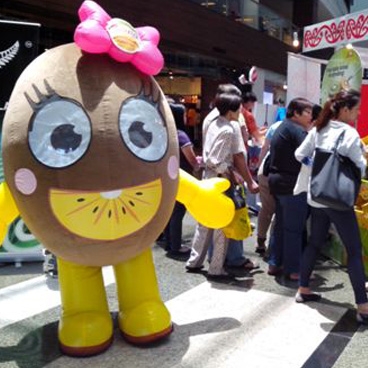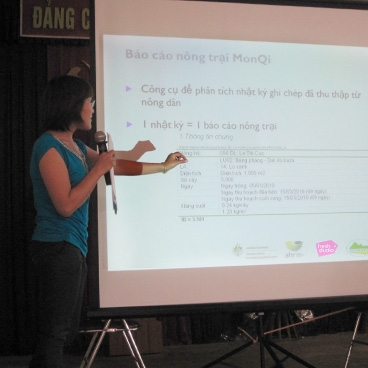In collaboration with New Zealand Trade & Enterprise, Fresh Studio brings Zespri Kiwifruit straight to the Filipino audience. The largest kiwifruit marketer in the world was featured in a three-day event that showcased the best products from New Zealand.
New Zealand Trade and Enterprise organized its annual trade fair that showcased and promoted New Zealand companies, products and services in the Philippines. Held at the Glorietta Mall grounds in Makati City, the event ran from June 20-22, treating visitors to a diverse range of food, non-food items and other activities.
Together with NZTE and Zespri’s Philippine importer, Fresh Studio introduced the latest Zespri variety to consumers visiting the event – SunGold Kiwifruit. The activity was a combination of product sampling and selling.
The objective of the event was to promote Zespri SunGold – provide significant exposure to the brand and allow Filipino consumers a first-hand experience of Zespri’s latest product in the market.

Zespri SunGold had a very warm reception from the Filipino audience. The distinct tropical sweet and refreshing qualities rightly match the Filipino palate. All throughout the event, visitors enjoyed and attest to a pleasantly unique and delightful flavor. Staffs were available on the ground as well to complement this experience with a consistent message of health – Zespri Kiwifruit is truly one of the world’s most nutritious fruits.
Before the end of the 3-day event, visitors gave an overwhelming response: SunGold inventories were sold out, with still many customers clamoring for more!









